
Finance
-

Mobile Money: Issue 2
-
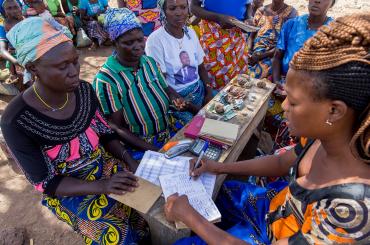
Microfinance: Issue 2
-
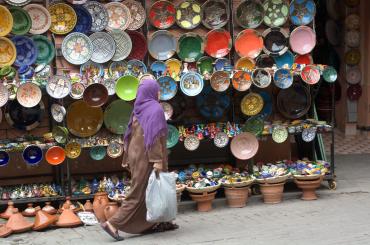
Can digital humanitarian aid reach vulnerable populations in fragile states?
Evidence from Taliban-controlled Afghanistan shows that digital aid is a cost-effective, credible, and efficient way to reach vulnerable populations, in this case poor, tech-illiterate, female-headed households, in fragile states.
-
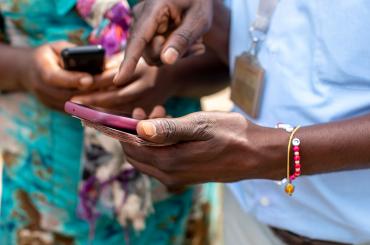
Empowering women through digital financial services
Increasing women’s use of a digital financial service in Tanzania, mobile money, empowered women and led to improvements in women’s control over their finances.
-

Financial access boosted labour market outcomes in Brazil
Access to vehicle financing in Brazil improved mobility and generated large returns (12-15% per year) through improved labour market outcomes
-
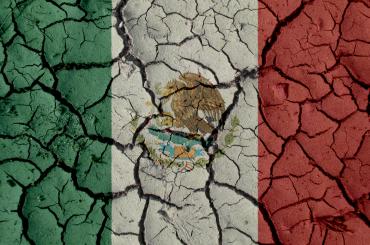
Heatwaves ripple into the financial system
Evidence from Mexico shows that extreme heat leads to increased delinquency rates, particularly among small and medium-sized enterprises. Policy must address these risks, coupling climate resilience with enhanced credit access for vulnerable firms.
-
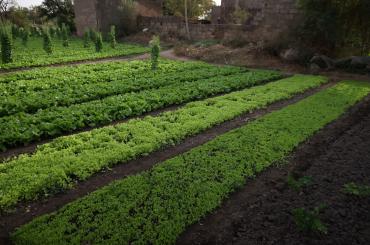
Warrantage: A model of rural finance that boosts farmers’ income and investment
Warrantage is an innovative model of rural finance which improves access to credit and crop storage. In Burkina Faso, warrantage increased farmers’ sales revenues, which they spent on education, health, livestock, and future farm capital.
-

Reducing misconduct in Ghana’s mobile money markets benefitted all
Information is power: a low-cost transparency programme reduced vendor misconduct and increased market efficiency in Ghana’s mobile money market.
-

Mobile money markets and financial inclusion in Africa
How did adopting platform "interoperability" - a policy that promotes transactions and competition across operators - impact mobile money users in Africa?